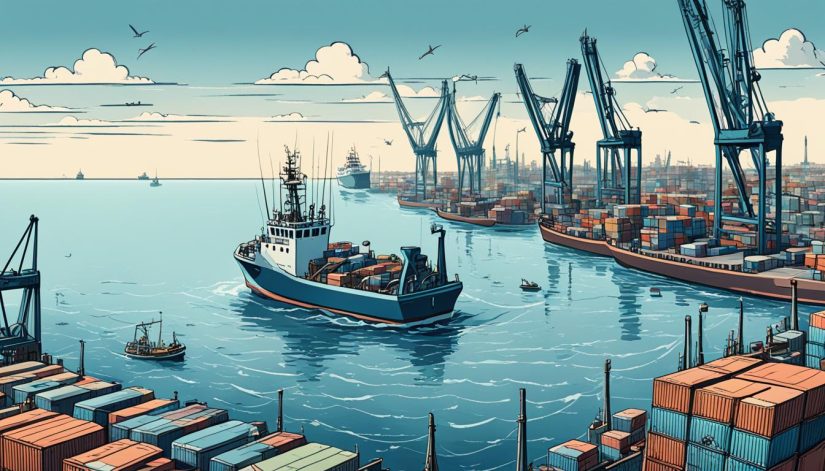The maritime industry is a vast and captivating realm, and at its heart lies the commercial fishing boat – a vessel that not only sustains our seafood supply but also represents a significant financial investment. As we delve into the cost spectrum of these fishing vessels, we’ll uncover the factors that influence their prices, empowering you to make a well-informed decision in your pursuit of a successful maritime future.
The cost of a commercial fishing boat can vary widely, ranging from tens of thousands to millions of dollars, depending on a multitude of factors. Whether you’re a seasoned fisherman or a newcomer to the industry, understanding these cost drivers is essential to budgeting and planning your maritime endeavors. From the size and capacity of the vessel to the materials used in its construction, each element plays a crucial role in determining the final price tag.
Factors Influencing Commercial Fishing Boat Costs
When it comes to purchasing a commercial fishing boat, the cost can vary significantly depending on several key factors. As we dive into the details, understanding these critical elements can help aspiring captains make informed decisions and budget accordingly.
Boat Size and Capacity
One of the primary drivers of commercial fishing boat costs is the size and capacity of the vessel. Larger boats, with greater holding capacity, advanced navigational systems, and more powerful engines, typically command higher prices. These boats are designed to handle the demands of offshore fishing, covering larger areas and accommodating more crew and equipment. Consequently, the cost of a commercial fishing boat can range from tens of thousands to millions, depending on its size and capabilities.
Hull Material and Construction
The choice of hull material and construction method also significantly impacts the overall cost of a commercial fishing boat. Fiberglass and aluminum hulls are generally more affordable than steel or wooden hulls, which require more specialized craftsmanship and materials. The construction process, including the level of customization and attention to detail, can further influence the final price tag.
| Hull Material | Approximate Cost Range |
|---|---|
| Fiberglass | $50,000 – $500,000 |
| Aluminum | $100,000 – $1,000,000 |
| Steel | $200,000 – $2,000,000 |
| Wood | $150,000 – $1,500,000 |
By understanding the key factors that influence commercial fishing boat costs, such as size, capacity, hull material, and construction, prospective boat owners can make more informed decisions and budget accordingly for their commercial fishing ventures.

“The size and capabilities of a commercial fishing boat are crucial considerations when it comes to the overall cost. Larger, more advanced vessels can provide greater productivity, but the price tag reflects the added features and construction requirements.”
Budgeting for Additional Expenses
Acquiring a commercial fishing boat is just the first step in your journey as a vessel owner. Beyond the initial investment, we must also account for the ongoing expenses that come with maintaining and operating a fishing vessel. These costs can quickly add up, so it’s crucial to budget for them carefully.
Routine maintenance, repairs, and insurance premiums are all essential components of owning a commercial fishing boat. Crew salaries, fuel, and supplies are additional recurring expenses that can significantly impact your bottom line. By anticipating and planning for these additional costs, we can ensure that our business remains financially stable and sustainable.
Securing the right financing, such as loans or leases, can be a valuable tool in managing the upfront and long-term costs of owning a commercial fishing boat. Whether you’re a seasoned captain or a newcomer to the industry, careful financial planning is the key to success. By budgeting for the additional expenses associated with your fishing vessel, we can set ourselves up for long-term prosperity in the dynamic world of commercial fishing.

